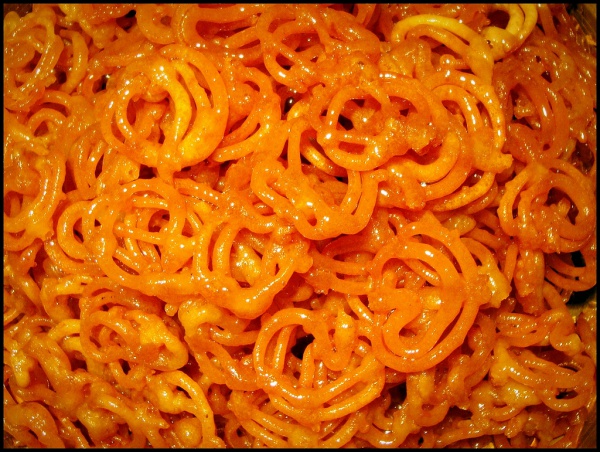Facts About Jalebi
Jalebi, also known by various names like zulbia, jilapi, mushabak, and zalabia, is a beloved sweet treat that has captivated hearts across South Asia and the Middle East. This delectable snack is made by deep-frying a batter of maida flour into intricate pretzel or circular shapes and then soaking them in sugary syrup. Whether served warm or cold, jalebi boasts a chewy texture with a crispy, sugary exterior. It is often enjoyed with accompaniments such as curd, rabri, or is sometimes flavored with rose water.
The name varies depending on the region: it's called jalebi in Hindi, jilapi in Bengali, and zulbia in Persian. The origins of jalebi can be traced back to Persian-speaking Turkic invaders who introduced the recipe to Medieval India. Over time, the dish evolved within India, becoming the sweet, sticky delight we know today.
Jalebi is a staple across the Indian subcontinent and is frequently paired with rabri or kachori. In Bangladesh, it is known as jilapi, and in Nepal, it is called jeri. In Iran, it is referred to as zoolbia and is typically enjoyed with Persian-style black tea. There are also regional variations like zlebia in North Africa and zalābiya in the Middle East.
Different versions of the jalebi recipe exist, such as zalābiya mushabbaka, which are latticed fritters dipped in honey, and zalābiya funiyya, a sponge cake version cooked in a special round pot. Jalebi holds cultural significance and is often enjoyed during festive occasions like Nowruz and Ramadan.

 Sri Lanka
Sri Lanka